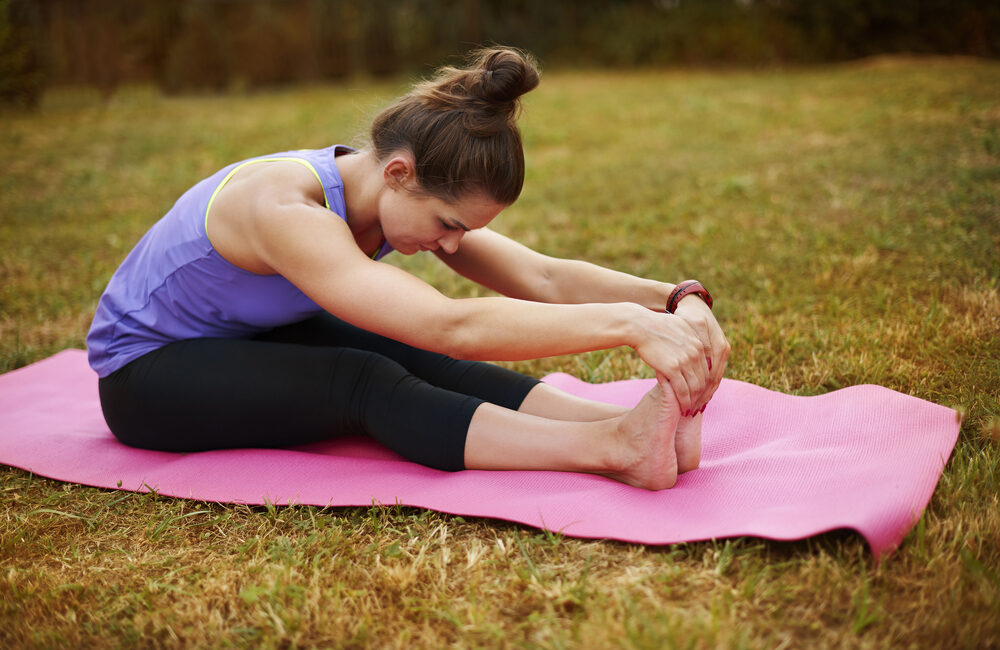Introduction:
In today’s fast-paced world, many individuals find themselves battling pain and injuries caused by various factors, including stress, poor posture, and sedentary lifestyles. While modern medicine provides effective solutions, an increasing number of people are turning to holistic approaches like yoga for pain relief and injury prevention. Yoga not only enhances flexibility and strength but also promotes mental well-being, making it a powerful tool in the pursuit of overall health. In this blog, we’ll explore a selection of yoga poses designed to alleviate pain and reduce the risk of injuries.
We all wish for world peace, but world peace will never be achieved unless we first establish peace within our own minds. ― Geshe Kelsang Gyatso
1. Downward-Facing Dog (Adho Mukha Svanasana):
This iconic yoga pose not only stretches and strengthens the entire body but also encourages proper spinal alignment. Downward-Facing Dog helps relieve tension in the back, shoulders, and hamstrings. As you lift your hips toward the ceiling and reach your heels toward the floor, the pose promotes blood circulation, reducing stiffness and discomfort in these areas.
2. Child’s Pose (Balasana):
Child’s Pose is a restorative yoga posture that provides a gentle stretch to the back, hips, and thighs. By kneeling and folding forward, you release tension in the lower back and open up the shoulders. This pose is particularly beneficial for those with back pain, as it promotes relaxation and helps alleviate strain on the spine.
3. Cat-Cow Pose (Marjaryasana-Bitilasana):
The dynamic movement of the Cat-Cow Pose is an excellent way to warm up the spine and improve flexibility. The alternation between arching and rounding the back helps release tension in the neck, shoulders, and lower back. Regular practice of Cat-Cow can enhance the mobility of the spine, reducing the risk of injuries and promoting a healthier posture.
4. Warrior II (Virabhadrasana II):
Warrior II is a powerful standing pose that engages the entire body, focusing on the legs, hips, and core. This pose not only strengthens the muscles but also improves balance and stability. Warrior II encourages a deep stretch in the hips, relieving tension and discomfort in this commonly problematic area. Additionally, the pose encourages a strong and grounded posture, aiding in injury prevention.
5. Bridge Pose (Setu Bandhasana):
Bridge Pose is an effective yoga pose for strengthening the back, glutes, and thighs while also opening up the chest and shoulders. By lifting the hips towards the sky, this pose activates the muscles in the lower back, promoting spinal flexibility and preventing stiffness. Bridge Pose is particularly beneficial for individuals suffering from lower back pain and is known to alleviate discomfort associated with prolonged sitting.
6. Sphinx Pose (Salamba Bhujangasana):
Sphinx Pose is a gentle backbend that helps strengthen the spine and open up the chest and shoulders. By supporting the body on the forearms, this pose encourages proper alignment of the spine, relieving tension in the lower back and promoting a healthy curvature. Sphinx Pose is especially beneficial for individuals with desk jobs, as it counteracts the hunched posture often associated with prolonged sitting.
7. Pigeon Pose (Eka Pada Rajakapotasana):
Pigeon Pose is a deep hip opener that targets the glutes, hip flexors, and outer thighs. By stretching and releasing tension in the hips, this pose can alleviate discomfort associated with tightness in the lower back and sciatic nerve. Regular practice of Pigeon Pose can improve hip flexibility, preventing injuries and enhancing overall mobility.
Conclusion:
Yoga offers a holistic approach to pain relief and injury prevention, addressing both the physical and mental aspects of well-being. The selected yoga poses mentioned above not only target specific areas of the body but also contribute to overall flexibility, strength, and balance. Incorporating these poses into your regular yoga practice can help you manage pain, prevent injuries, and cultivate a healthier, more resilient body. Remember to listen to your body, practice with awareness, and consult with a healthcare professional if you have pre-existing health conditions. Embrace the healing power of yoga, and embark on a journey towards a pain-free and injury-resistant lifestyle.

